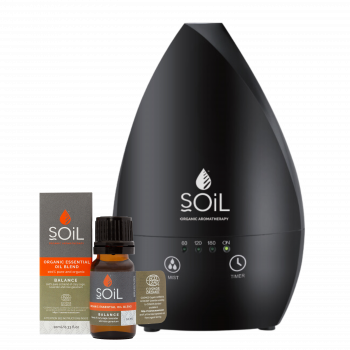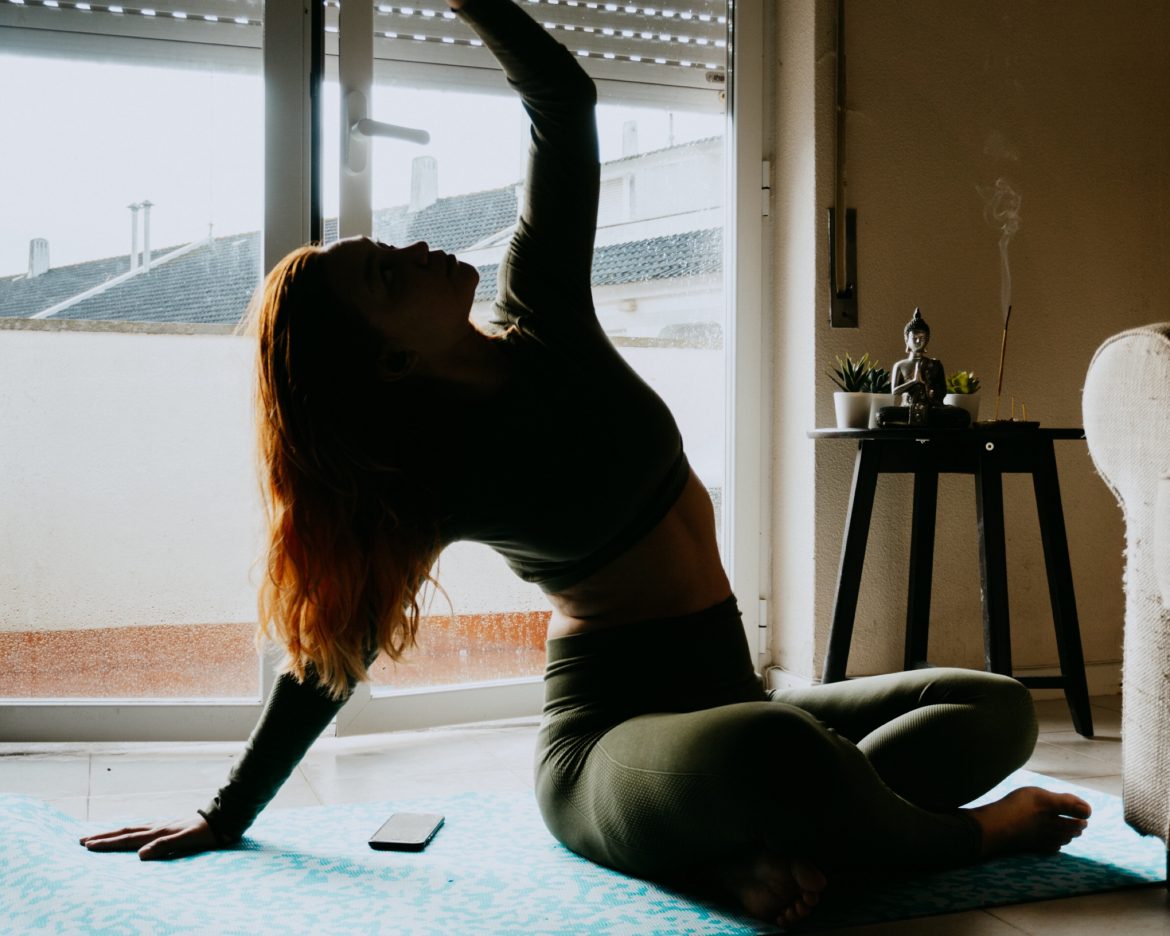If you want fresh, healthy air in your home, you first need to consider what youʼre bringing in through the front door.
“Indoor air can be between eight and 100 times more toxic than outdoor air, with things such as cleaning products, air fresheners and synthetic candles adding to the toxic load,” explains Danielle Shirley, herbalist at Naturally Home.
As well as choosing natural and chemical-free products where possible, these tips can help improve air quality:
Let the fresh air in
Good ventilation is one of the most effective ways to purify the air in your home.
“It allows the chemicals from things such as furniture, mattresses, paint and varnishes to air out, as well as reducing mould growth and flushing out airborne bacteria and viruses,” says Shirley.
The only caveat is if you live in a high-traffic area, particularly if you’re next to a busy road. In this instance, it may be worth installing a whole-house air filtration system, to remove pollutants and introduce clean air into your home.
Swap to essential oils
Essential oils are a safer way to add a pleasant aroma to the air than synthetic scents. Go for 100 percent pure and organic essential oils rather than ‘fragrant oils’ as this can be a blanket term for artificial ingredients.
“I recommend using an electric diffuser, which creates a mist rather than heating the oil, and provides the best therapeutic effects,” says natural therapist Sheena Cartwright. “You only need two or three drops of essential oil; try lemon, eucalyptus or spearmint to cleanse the air.”
Try: SOiL Aroma Diffuser
“We love this sleek, elegant home diffuser not only because it looks beautiful, but because of its functionality. Just a little bit of water and a few drops of your favourite essential oils fill the air with a cool, consistent mist of fragrance that lasts for hours, depending on your chosen setting. It’s energy efficient and doesn’t take up much room, making it ideal for any space.” writes W&H’s Beauty Editor, Leandri De Kock.

Switch on a Himalayan salt lamp
The electrical equipment in your home generates positive ions, which can make you feel tired and stressed. In contrast, natural environments like forests and beaches create negative ions – charged particles in the air, which boost mood and energy levels.
“Himalayan salt lamps produce negative ions, which help neutralise the electrical devices in your home,” says Sheena. “It’s like reproducing the effects of nature indoors.”
She advises having a salt lamp in every room, and keeping them switched on so that the water they attract can evaporate, which produces negative ions.
ALSO SEE: Find wellness in the light of the Himalayan salt lamp
Use bamboo charcoal bags
Bamboo charcoal is a natural substance that has millions of tiny, porous holes that act like a sponge, absorbing odours and purifying the air of allergens and pollutants. It also absorbs excess moisture to prevent the build-up of mould and mildew. You can purchase different-sized bags online and use them anywhere from the bathroom or laundry to inside closets or in the fridge.
Try a negative ioniser
Air ionisers release thousands of negative ions into the air, where they help filter out pollutants such as dust particles, pollen and mould spores. Inhaling negative ions is also thought to have a range of health benefits, from assisting with allergies, hay-fever and sinus congestion to heightened alertness and concentration, better sleep and reduced severity of colds and flus.
Swap to natural candles
Choosing 100% pure beeswax and soy candles is a healthier alternative to regular paraffin wax candles, as they are chemical-free and produce minimal smoke and soot. Opt for natural fibre wicks, and if you’re buying fragranced candles, check they contain pure essential oils.
Get some house plants
As well as pumping fresh oxygen into the air, house plants can absorb volatile organic compounds (VOCs), which are pollutants from fabric softener, carpet cleaner and other household products.
“They are brilliant at purifying air and I see them as the lungs, kidneys and liver of the home,” says Shirley. “Some good ones are the bromeliad, jade plant, areca palm, rubber plant and the snake plant, the latter being particularly good in the bedroom because it releases oxygen at night.”
ALSO SEE:
Breathe easy: your guide to low-allergen plants for a healthy garden
Feature Image: Unsplash

